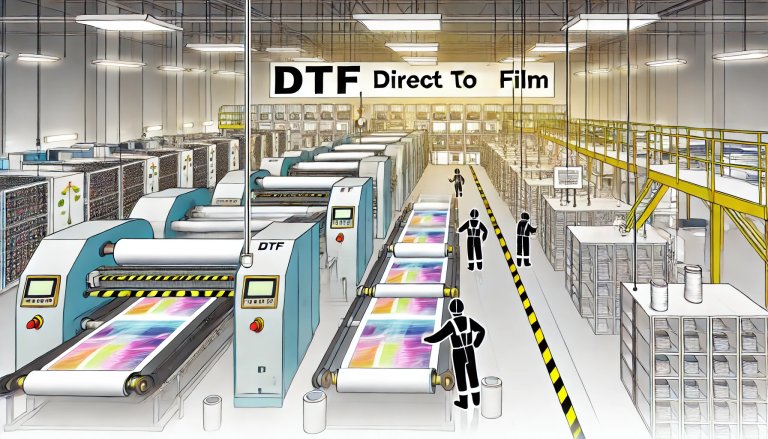“Exploring the Compatibility of UV DTF Film with Inkjet Printers” -MAXDTF- China UV DTF AB Film, UV DTF PET Decal Wholesale, Made in China
Introduction
In the ever-evolving world of printing technology, new innovations continue to push the boundaries of what is possible. One such innovation that has gained attention in recent years is the UV DTF (Direct-to-Film) film. UV DTF film is known for its versatility and ability to produce vibrant and detailed prints on various surfaces. However, a common question that arises is whether UV DTF film can be used with inkjet printers. In this blog post, we will delve into the compatibility of UV DTF film with inkjet printers, exploring its advantages, challenges, and potential applications.
Understanding UV DTF Film
Before we dive into the compatibility aspect, let’s briefly understand what UV DTF film is. UV DTF film is a specialized printable film designed to work with UV-curable inks. It has a unique coating that reacts to UV light, allowing for direct printing onto a variety of substrates, including fabrics, ceramics, glass, and even wood. The UV curing process ensures quick and durable adhesion, resulting in high-quality, long-lasting prints.
Advantages of UV DTF Film
- Versatility: UV DTF film’s compatibility with various substrates makes it an attractive option for a wide range of applications, from personalized apparel and home décor to promotional items and crafts.
- Vibrant Prints: The UV curing process enhances color vibrancy and print resolution, ensuring that your designs pop with intricate details and vivid hues.
- Durability: Prints produced using UV DTF film and inks are resistant to fading, water, and abrasion, making them suitable for both indoor and outdoor use.
- Quick Printing Process: The UV curing process is significantly faster compared to traditional drying methods, enabling quicker turnaround times for projects.
Challenges and Considerations
While UV DTF film offers numerous advantages, there are some challenges and considerations to keep in mind when using it with inkjet printers:
- Ink Compatibility: UV DTF film requires UV-curable inks to properly adhere and cure. Standard aqueous inks used in most consumer-grade inkjet printers are unlikely to work effectively with UV DTF film.
- Printer Compatibility: Not all inkjet printers are designed to handle UV-curable inks or specialty films like UV DTF. Professional-grade inkjet printers with UV ink capabilities are better suited for this purpose.
- Film Thickness: UV DTF film may be thicker than regular inkjet paper, requiring adjustments to the printer settings to accommodate the thickness and achieve optimal print quality.
- Calibration and Testing: Achieving the best results with UV DTF film may involve some trial and error, including adjusting printer settings, color profiles, and curing parameters.
Applications
When the compatibility challenges are overcome, UV DTF film can open up a world of creative possibilities:
- Custom Apparel: Create personalized t-shirts, hoodies, and other clothing items with intricate designs and vibrant colors.
- Home Décor: Print onto canvas, wood, or glass to make unique wall art, photo frames, or decorative items.
- Promotional Items: Design eye-catching promotional products like mugs, phone cases, and keychains that stand out with their durability and color brilliance.
- Art and Crafts: Incorporate UV DTF prints into your crafting projects, whether it’s embellishing handmade cards, scrapbooking, or creating mixed-media artworks.
Conclusion
While UV DTF film holds great promise for producing stunning prints on various surfaces, its compatibility with inkjet printers is contingent upon the use of UV-curable inks and the capabilities of the printer itself. When the right combination is achieved, UV DTF film can unlock a new realm of creative possibilities, allowing you to produce vibrant and durable prints for a range of applications. As printing technology continues to evolve, it’s exciting to see how innovations like UV DTF film can reshape the way we approach design and customization.



